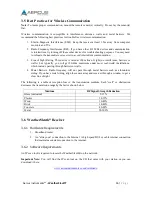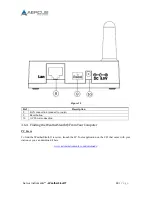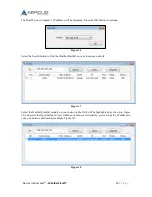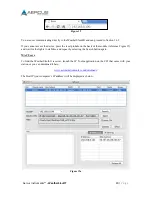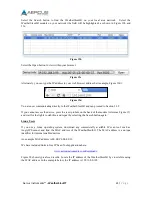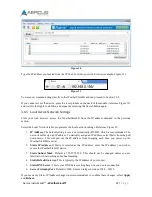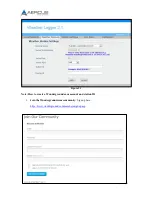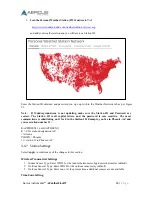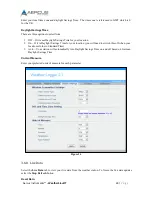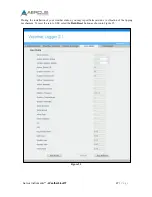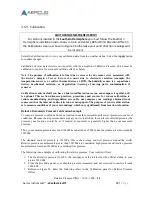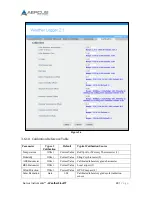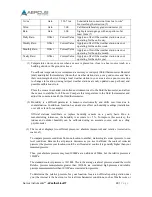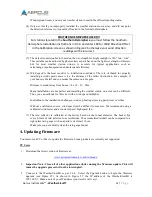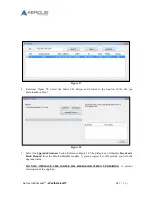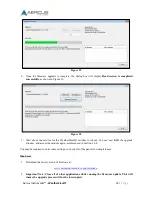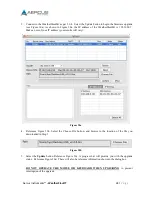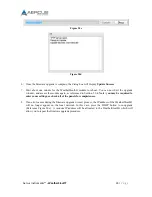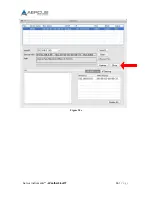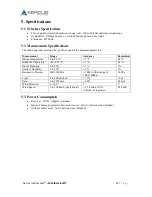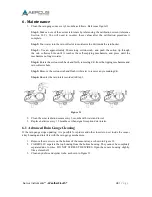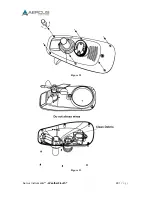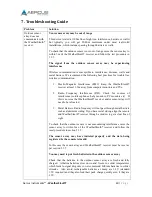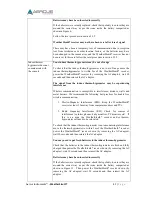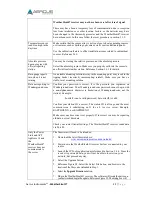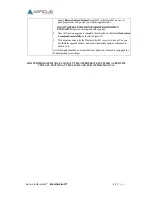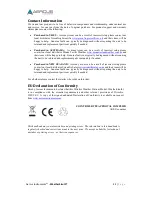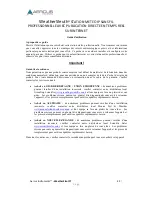
Aercus Instruments™
- WeatherSleuth®
30 |
P a g e
1 w/m
2
Gain
126.7 lux
Solar radiation conversion from lux to w/m
2
for wavelength correction (5)
Wind
Gain
1.00
Calibrated laboratory grade wind meter (6)
Rain
Gain
1.00
Sight glass rain gauge with an aperture of at
least 10cm (7)
Daily Rain
Offset
Current Value Apply an offset if the weather station was not
operating for the entire day.
Weekly Rain
Offset
Current Value Apply an offset if the weather station was not
operating for the entire week.
Monthly Rain
Offset
Current Value Apply an offset if the weather station was not
operating for the entire month.
Yearly Rain
Offset
Current Value Apply an offset if the weather station was not
operating for the entire year.
(1)
Temperature errors can occur when a sensor is placed too close to a heat source (such as a
building structure, the ground or trees).
To calibrate temperature, we recommend a mercury or red spirit (fluid) thermometer. Bi-metal
(dial) and digital thermometers (from other weather stations) are not a good source and have
their own margin of error. Using a local weather station in your area is also a poor source due
to changes in location, timing (airport weather stations are only updated once per hour) and
possible calibration errors.
Place the sensor in a shaded, controlled environment next to the fluid thermometer, and allow
the sensor to stabilise for 48 hours. Compare this temperature to the fluid thermometer and
adjust the console to match the fluid thermometer.
(2)
Humidity is a difficult parameter to measure electronically and drifts over time due to
contamination. In addition, location has an adverse effect on humidity readings (installation
over dirt or lawn for example).
Official stations recalibrate or replace humidity sensors on a yearly basis. Due to
manufacturing tolerances, the humidity is accurate to ± 5%. To improve this accuracy, the
indoor and outdoor humidity can be calibrated using an accurate source, such as a sling
psychrometer.
(3)
The receiver displays two different pressures: absolute (measured) and relative (corrected to
sea-level).
To compare pressure conditions from one location to another, meteorologists correct pressure to sea-
level conditions. Because the air pressure decreases as you rise in altitude, the sea-level corrected
pressure (the pressure your location would be at if located at sea-level) is generally higher than your
measured pressure.
Thus, your absolute pressure may read 1006hPa at an altitude of 200m, but the relative pressure is
1030hPa.
The standard sea-level pressure is 1013hPa. This is the average sea-level pressure around the world.
Relative pressure measurements greater than 1013hPa are considered high pressure and relative
pressure measurements less than 1013hPa are considered low pressure.
To determine the relative pressure for your location, locate an official reporting station near
you (the internet is the best source for real time barometer conditions, such as Weather.com or
Summary of Contents for WeatherSleuth
Page 1: ...v1 2 WeatherSleuth PROFESSIONAL IP WEATHER STATION WITH DIRECT REAL TIME INTERNET PUBLISHING ...
Page 11: ...Aercus Instruments WeatherSleuth 11 P a g e Figure 6 ...
Page 36: ...Aercus Instruments WeatherSleuth 36 P a g e Figure 30e ...
Page 39: ...Aercus Instruments WeatherSleuth 39 P a g e Figure 32 Figure 33 ...
Page 54: ...Aercus Instruments WeatherSleuth 54 P a g e Figure 6 ...
Page 80: ...Aercus Instruments WeatherSleuth 80 P a g e Figure 30e ...
Page 83: ...Aercus Instruments WeatherSleuth 83 P a g e Figure 32 Figure 33 ...

